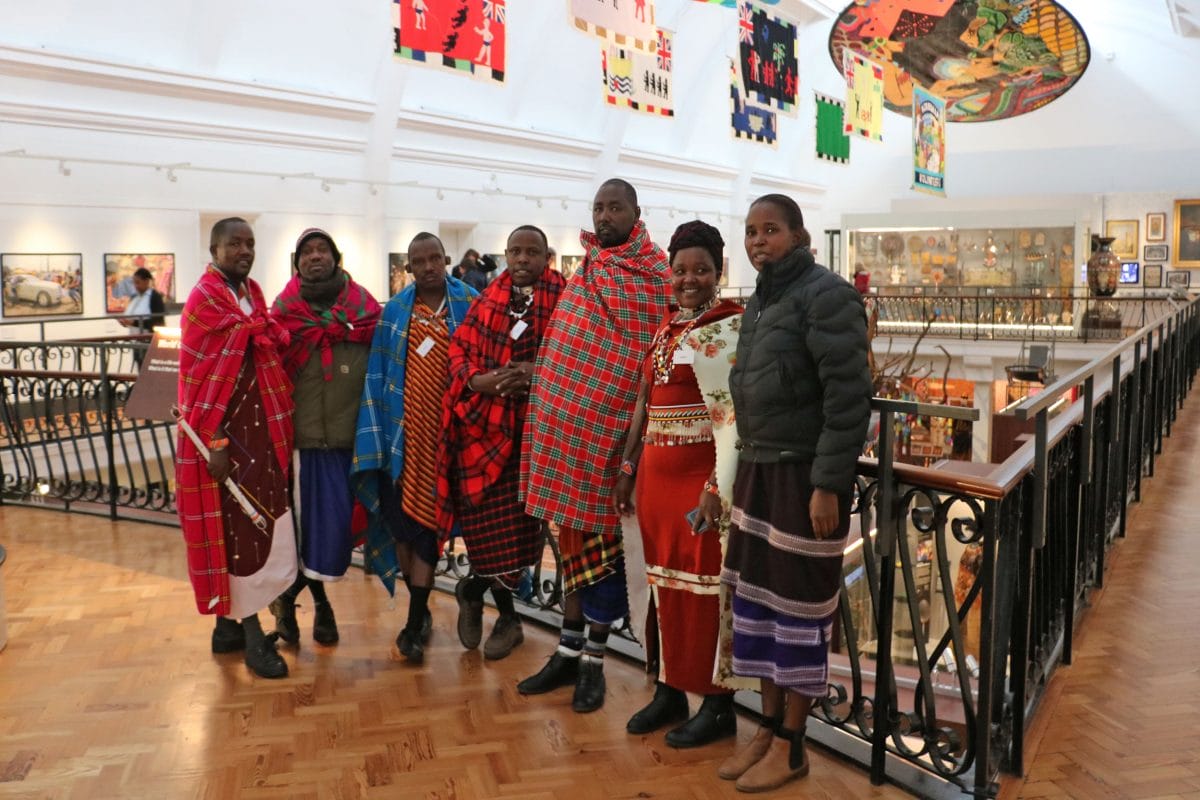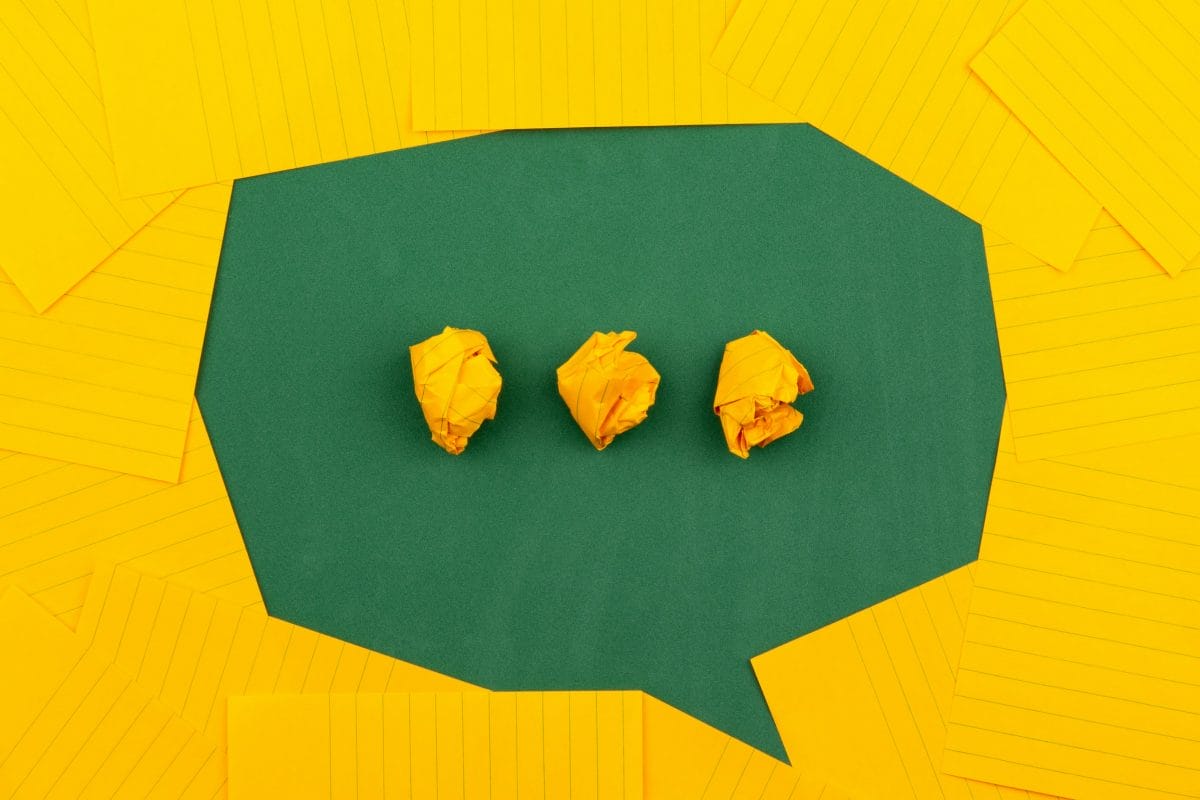Rethinking Relationships worked with community members, creatives and heritage professionals. The project focused on the future of Kenyan and Nigerian collections held across four UK museums, including the Horniman.
Why a toolkit?
The idea of the toolkit came about as a direct result of the onset of the COVID-19 pandemic.
Prior to the pandemic we had planned on working with community members face-to-face as part of the Rethinking Relationships project. In fact, the project opened with a visit from Maasai community members from Kenya and Tanzania to the museums in the UK where items from their material cultural heritage are held.
During their visit I found myself doing quite a bit of translating of various kinds. Some of it was from Kiswahili to English, and vice versa for the curators who did not speak Kiswahili. The other type of translating was about the museum itself, and its systems and processes.
As with any job, it is easy to forget what parts of your work are peculiar to your profession. These parts can make it difficult for people from outside your sphere to understand why things are done in a particular way.

Filling in the gaps
When listening to my colleagues, I answered questions such as
- what is the specific history of each museum and their collections?
- why was the project instigated?
…. and most commonly
- how many X objects are there in the collections? (where X could be Maasai, Kenyan, Nigerian etc.)
I planned to compile some of the answers to these questions into an FAQ that could be circulated ahead of any future community members’ visits by way of preparation. That way it could act as a document of background facts for everybody’s reference.

Online exchanges
Once the project had been forced by the pandemic to move online, from the first iteration of the online workshops I realised that an FAQ would not suffice.
We were working with 25 researchers from Kenya and Nigeria, and by the end of the project we had run three iterations, with the final group including nearly 50 community researchers.
I clearly remember feeling nervous as I arrived 15 minutes early into the Zoom room of the first meeting. My initial worry was whether anyone would turn up (they did), but also how we were going to work together, at a distance, across four different museum database systems. Added to this, the community members could choose from over 24,500 objects the ones they wanted to work with.
No matter how enthusiastic both my colleague Dr. Johanna Zetterstrom-Sharp (Senior Curator of Anthropology at the Horniman) and I were (and we were very enthusiastic), we needed to work out a system that would increase our capacity to support the community members to become researchers.
It turned out that the things we had worried about the most (such as ensuring all community members had adequate internet access and data) turned out to be the easiest things to provide. By the time all the different faces had popped up on my computer screen in the Zoom room – I knew that the solution was with us – we just had to find it together.
Putting the toolkit together
In the end, we worked with a smaller team of people to develop what turned out to be a PDF and mobile app toolkit. These included videos that were personal welcomes from all of the collections’ curators, as well as tips and tricks for navigating the specific collections online.
The toolkit also outlined some of the early conversations we had about collections’ care. It described museum terminologies, including terms that were unique to each of the museums in question.
The toolkit also went into points for consideration:
- These are collections that were not put together with communities in mind and as such, could make for unsettling and sometimes outright disturbing research;
- As we would not be with the community members while they were carrying out their research, it felt important to use the toolkit to foster an open-door communication system. Community members knew how and who to contact, and what sort of time they might have to wait for a response;
- The first iteration was taking place when many museum staff were on furlough, so even though I was not furloughed and remained fully available throughout the duration of the project, we had to be clear that there were some questions that had to be parked until the appropriate member of staff was back at work.

The toolkit also covered research methodologies and placed an equal emphasis on oral and written methods. Ideally, this balance would have been better reflected in the videos that we made, but we did not have the time to make them in this way, and the toolkit was a bit more text-based than I would have liked.
Due to the pandemic, many journals and archives were loosening paywalls and providing open access, so we also shared information on all of the different places community members could get access to the sorts of literature they might be looking for.
Informed by the community
In the end, the most successful part of the toolkit was the list of research questions that the community members came up with themselves.
Johanna and I were keen to support the community members to meet the collections on their own terms. By developing their own research questions the point of departure was not information or research from museum databases, but based on what the community researchers actually wanted to know.
I remember laughing when in an evaluation session at the end of the first iteration, a community researcher asked where we got the research questions from because they were exactly what was required. The community researcher had become so engrossed in the process, they had forgotten that they had contributed to the questions in the first place.
The toolkit has since been adapted for use by other museum projects in the UK and North America. I still feel that its strength lies in the methods and insights that the community members (who became researchers) brought to it.
One of the aspects that the toolkit does not capture effectively was the African technology of inter-generational information exchange. This became a key methodology that the researchers used throughout the project and will be added to an updated version of the toolkit.
It is also the focus of the next post in which I share how the toolkit worked, and some of the digital technologies that were critical in supporting this work.


